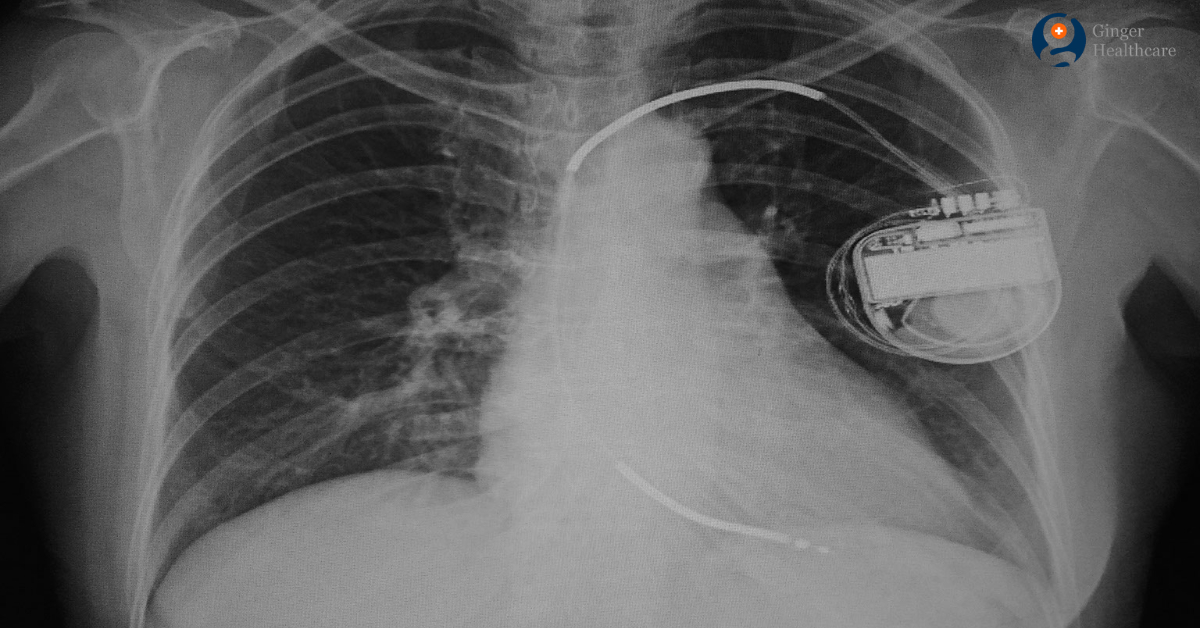

This identifies where arrhythmias may be originating, where ischemia has occurred, or whether infarction of heart tissue has already happened or is pending. The different leads (or views) of an ECG can catch the direction of these electrical waves of stimulus from different viewpoints to create a picture of not only when–but where–difficulties or abnormalities in these waves occur. The wave of electrical activity in the heart originates in the atria and travels down the heart’s electrical conduit it is directional such that there is a synchrony of non-simultaneous contractions in the atria and ventricles to create a vector force outward from the heart, supplying the body with blood and perfusion. The result is a 360° view of the electrical goings-on of the heart from all directions. When another 6 electrodes are added to the mix, it is possible for some electrodes to have associations with more than one other electrode, so the lead count increases to 12 in a “round-robin” of sorts. An ECG with only 3 electrodes has only 3 leads, the leads referring to the “views” from a certain direction determined by an electrical “bridging” between two of the leads. To understand its advantages, it is important to know the differences between electrodes and leads. The 12-lead electrocardiogram (ECG) is the gold standard by which cardiac health (or the lack thereof) is confirmed. Many normal fluctuations in cardiac activity can occur as a result of vagal stimulation, athleticism, medication side effects, or orthostatic- or respiratory-mediated blood pressure changes, and the continuous monitoring provided by Holter monitors and other devices can separate these normal variations from true cardiac pathology.ĭiagnosis via Holter Monitoring Electrocardiogram These small devices do not render the data a 3-lead Holter monitor can, but are suitable for continuous, unobtrusive cardiac surveillance even with their limitations, they can provide helpful–even crucial–data. Alternately, a small patch–the Zio patch–can be used. When Holter monitoring indicates the need for continuous monitoring or when the 24-48 hours of data fail to identify on-going, intermittent complaints, longer monitoring is effected by implantable (under the skin) loop recorders, about the size of a small thumb drive, which can wirelessly stream the day’s data to the physician over the Internet every evening during sleep.

The monitor is returned to the physician’s office for review of the data recorded during the 24-48 hours it was being collected. The monitor is small enough to allow going about day-to-day tasks, which offers the advantage of identifying events that would ordinarily go hidden or unprovoked by bedrest or the sedentary non-activity other more cumbersome arrangements (e.g., 12-lead ECG) would create. The Holter monitor consists of an array of 3 external electrodes connected to a shoulder strap-carried monitor. To identify “silent” myocardial ischemia.For close surveillance of patients who had recently experienced acute coronary syndrome (ACS).To monitor cardiomyopathy patients (ventricular hypertrophy, congenital heart disease, etc.).To assess the efficacy of treatment in patients with atrial fibrillation (AF) and observe for covert episodes of it.Mysterious episodes of dizziness, passing out (syncope), or near-syncopeĪside from these official indications, vascular specialists also find it useful for the following:.

This on-going monitoring has two American Heart Association-sanctioned indications: As such, recordings can continue uninterrupted for 24-48 hours. Holter monitoring is considered one of the types of longer-duration ambulatory monitoring as compared with the brief 10-second snapshots an electrocardiogram (ECG) provides. What Is Holter Monitoring? Ambulatory Cardiac Monitoring


 0 kommentar(er)
0 kommentar(er)
